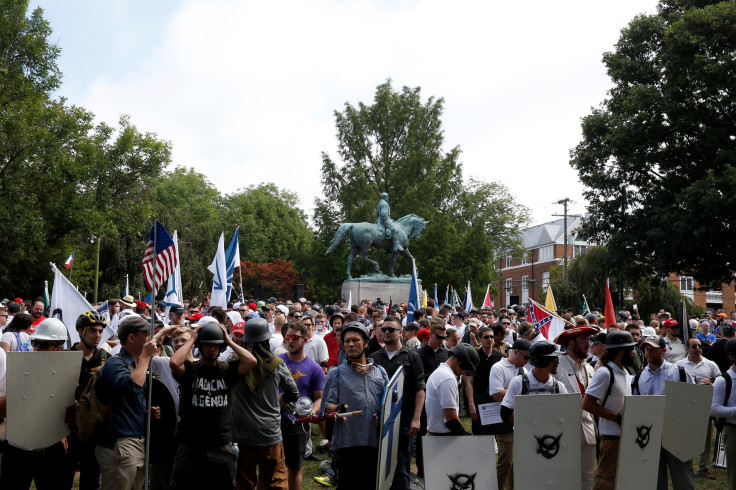As US Removes Confederate Statues, Russia Is Installing Statues Of Stalin

Statues of Confederate generals and leaders are starting to come down across the United States as the nation reckons with its past. In Russia, statues of Josef Stalin — a man responsible for millions of deaths — are being erected. Stalin has received 10 new statues in Russia since 2012, according to USA Today Wednesday.
Stalin led the Soviet Union, of which Russia was the largest Republic, from the late 1920s until his death in 1953. Stalin began purges in the 1930s of people the government deemed “anti-Soviet,” including many military members and political rivals. Stalin’s government also rounded people up and sent them to work camps. By the end of his reign, millions had died through execution, starvation or dying in prisons.
A poll from Russian non-governmental organization Levada this year showed that 46 percent of Russians showed admiration for Stalin.
The resurgence of the Soviet leader is in part spearheaded by Russia’s president, Vladimir Putin.
“By raising the figure of Stalin, the Putin regime is trying to raise the idea that collective interests are more important than individual lives, and that means the regime has less responsibility to society,” Levada’s pollster, Lev Gudkov, told the New York Times last year.
The resurgence of Stalin comes in part because of nostalgia and in part because the government is looking to sell a prestigious past.
“This is happening by the will of the government, which is ... struggling to find glorious pages in the country’s history and thus cannot accept the simple fact that the Soviet past was criminal,” said historian Nikita Petrov to USA Today.
Cities and towns in the U.S. are starting to take a look at their statues of historical figures —especially members of the Confederacy — and decide if they deserve to still stand. The Southern Poverty Law Center, a group that tracks hate-groups in the U.S., notes that many statues dedicated to Confederate leaders were built long after the Civil War. Notably, the building of Confederate statues spiked at the turn of the century during the era of Jim Crow laws, and in the 1950’s during the civil rights movements.
The removal of Confederate statues in New Orleans was somewhat controversial, as detractors alleged it was an attempt to erase history. In Charlottesville, Virginia, a white supremacist-tinged, far-right rally protested the removal of a statue of Confederate General Robert E. Lee. The weekend was filled with violence and in a flashpoint, a woman was killed when she and other counter-protesters were rammed by a car driven by a man with alleged ties to white supremacy.
© Copyright IBTimes 2024. All rights reserved.





















